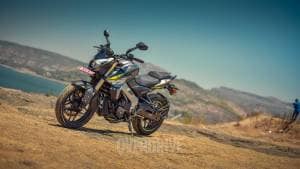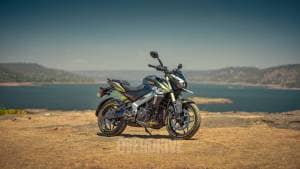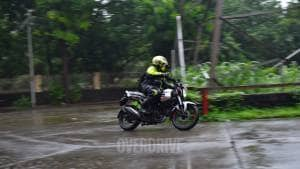Bajaj Pulsar P150 first ride review: A star, reborn
If you live in India and you're into motorcycles, the name 'Pulsar' will certainly resound louder than your average bell. That's because the brand from Bajaj Auto has been around for twenty years. The original Pulsar 150 came out back in 2002, and the last, most recent, iteration of this motorcycle came out two years ago. Now this P150 is the next step in this bike's evolution. Two decades down the line, and multiple Pulsar sub-brands like the NS Series (naked Sport) and the N Series (naked) series of motorcycles, the course of this brand has taken a different turn, and if anything, it's anything but for the worse.
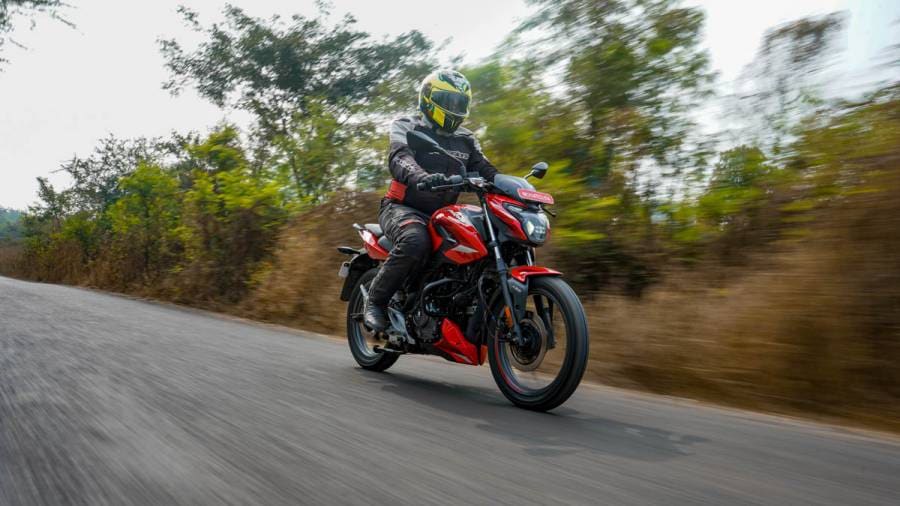
Yup, the Pulsar brand is clearly one that has withstood the test of time. The back in 2002, original 150cc Pulsar was one of the bikes that helped kickstart the sport biking revolution in India. But now, with multiple Pulsar sub-brands in the form of the NS and N series bikes, well they are seen as the sportier offering from the Bajaj stable, in terms of their individual overall dynamics while this one, the plain ol' Pulsar, or P150, is meant to be a more relaxed and laid back motorcycle in comparison. At least that's Bajaj's reason for coming out with this bike, as we're told.
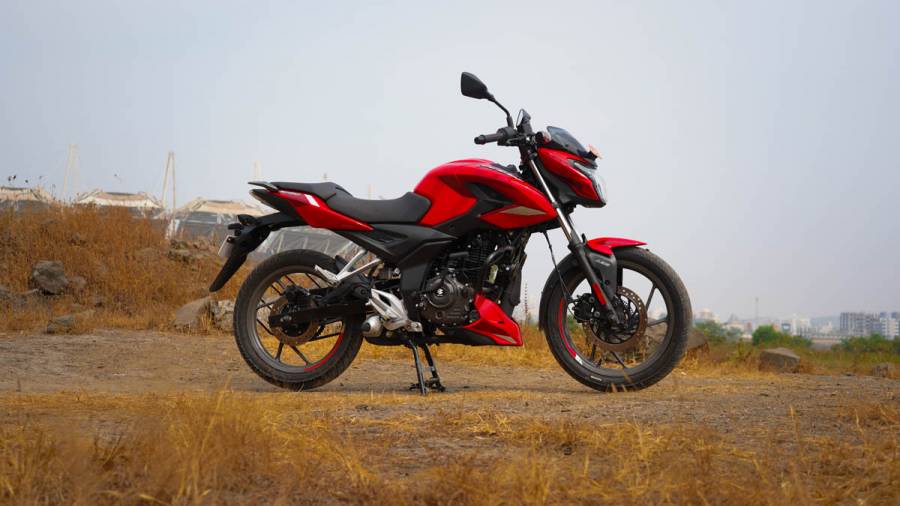
To begin with, the P150 is an all-new pulsar, with an all-new engine, chassis and suspension setup is a far cry from the older Pulsar 150 model. It looks a lot leaner, sportier and has shed a lot of weight over the older bike in comparison. Now, there are to variants of the P150 to choose from the single disc variant and the dual disc variant. The first, pretty obvious, difference between the variants are the disc brake at the rear, while single channel ABS comes standard on both bike variants. The other differences lie in the handlebar (the single disc variant also gets a conventional flat handlebar while the dual disc gets a sportier split-handlebar), the 17-inch section tyres (where you get a skinnier set on the single disc), the seat (the dual disc gets a split seat while the other gets a single bench), and finally, the grabrail design and rear brake lever.
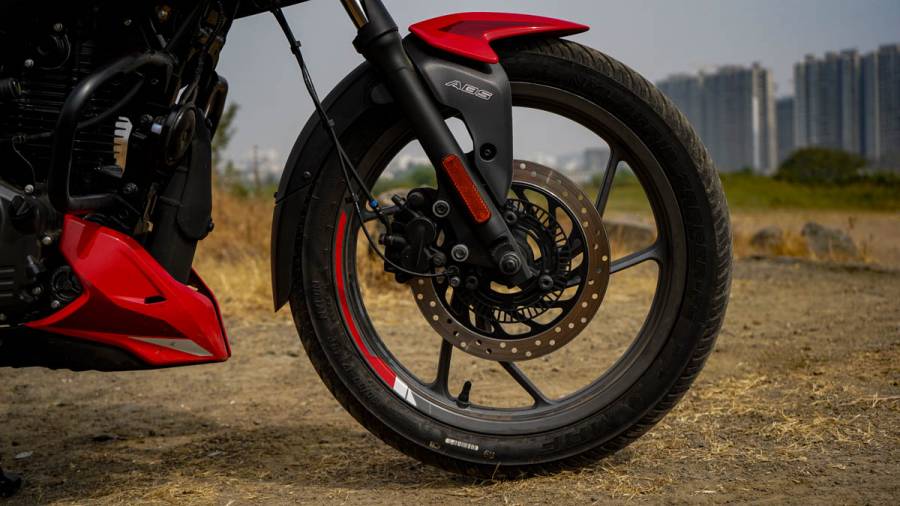
On the aesthetic front, the P150 looks very much the part of a modern-day Bajaj motorcycle. Its design appears to have been inspired by the older N250 and N160 motorcycles, so it now has a sleek, sporty edge to it. Both variants of the P150 get a projector headlamp with LED DRLs up front with the halogen bulb turn indicators. The tail light is a single split LED unit which keeps in line with of the Pulsar lineage. You now get a tiny fly-screen ahead of the part-analogue-part-digital display which is standard across both variants, and the highlight here has to be the amount of info it reads out. The tachometer is analogue, which is quite mechanical and appreciated, while the digital side of it gives you a distance to empty (DTE) readout and an average fuel economy (AFE) reading on each of the two trip meters in addition to displaying the time, gear position and fuel indication level. Both P150 variants also get a conveniently located USB socket around the bar too.
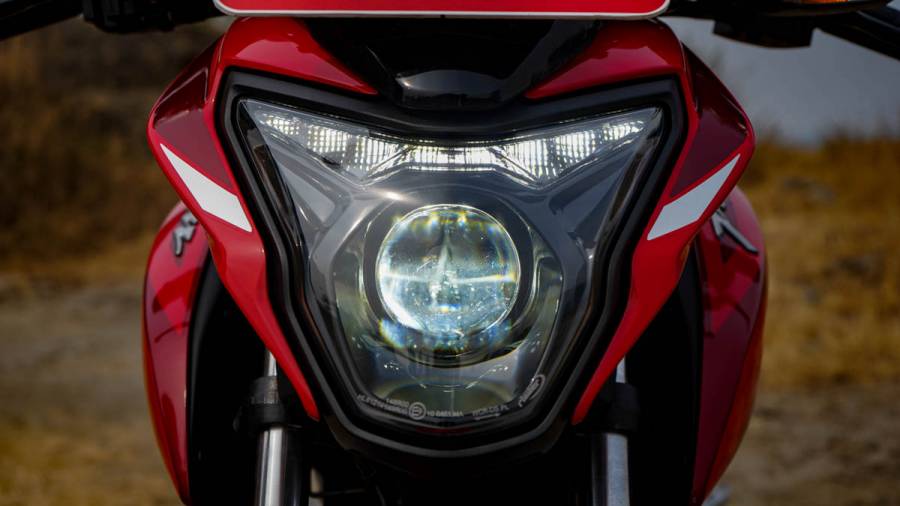
The tank is a 14-litre unit which holds a litre less of fuel as compared to the older bike, but this in turn contributes to the new slimmed-down appearance of the bike while the design of the tank extensions are an unmistakable Pulsar trait too.
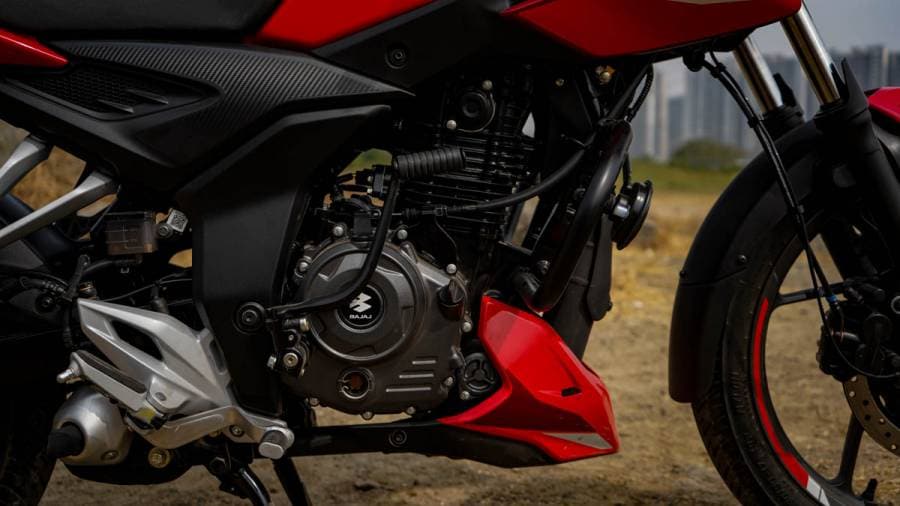
The P150 sports an all-new alloy wheel design and the wheels themselves, which come dressed in MRF Zapper treads, are a lot lighter as compared to the older Pulsar 150. The P150 also gets a monoshock suspension unit at the rear, which is a first for the standard 150cc Pulsar model, Becausebthe older models all featured dual spring shocks. The new P150 also gets an underbelly exhaust unlike the side-slung exhaust cans in the older models.
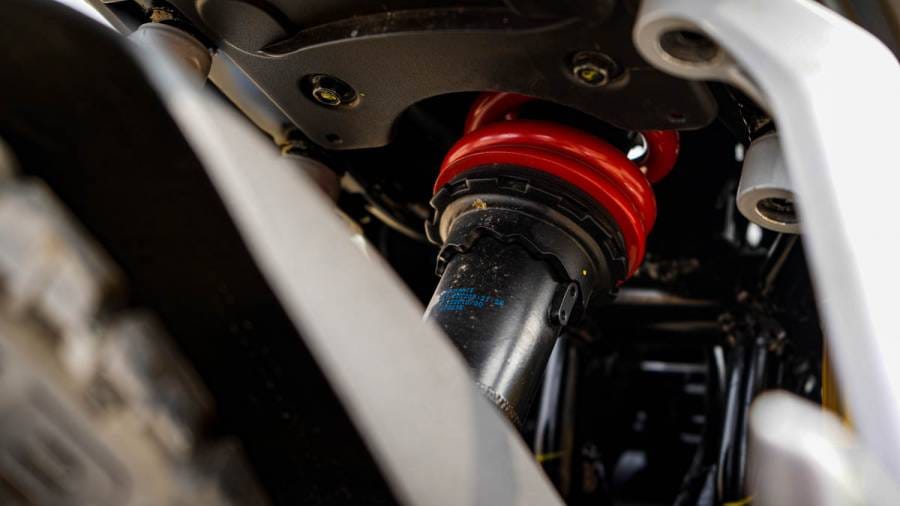
Now with the P150, there are a lot of new components in there as well - like the engine which is all-new, while the suspension has been altered like the gearbox. The chassis a derivative of the older N1600 is a much welcomed change as well. But how does it all come together out on the road, let's find out.
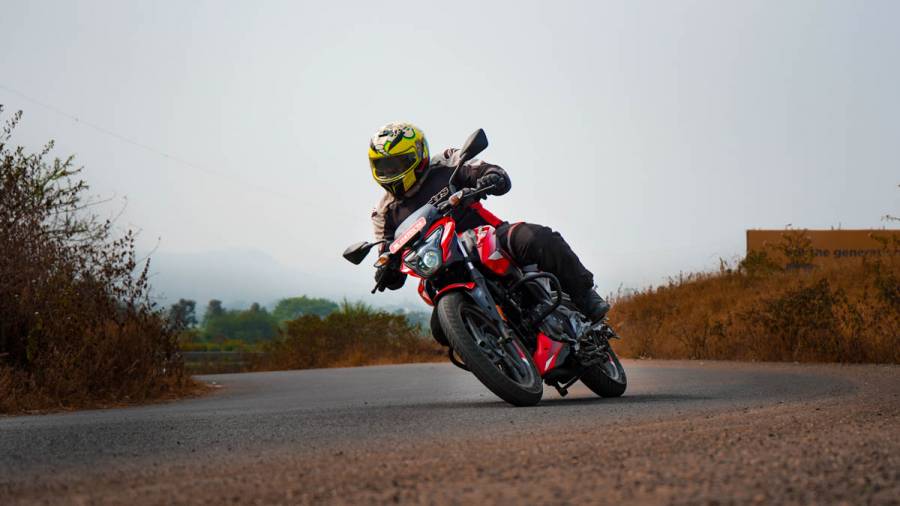
The engine is an all-new 2-valve, air cooled, 150cc, single-cyl unit that's derived from the motor on the older N160. Unlike the Pulsar model before, this new bike features a single sparkplug, and not the digital twin sparkplug tech ignition (DTSi) as the older one. The 150cc motor has the same displacement as before but is fractionally up on power and torque, now making 14.5PS at 8,500rpm and 13.5Nm at 6,000rpm. The new engine is an absolute gem to run. Yes, it's not as eager to accelerate as the NS and N series models, but it's level of enthusiasm is contagious. Another commendable aspect of this motor is its level of refinement, and that's a trait you wouldn't naturally associate with the older Pulsar models. The motor has good low-end performance allowing you to get off the line quickly once the lights turn green. Gearing is tall from second all the way to fifth (top) gear, and shifts are slick, with a light clutch. Bajaj might be calling the P150 the most commuter friendly and economical Pulsar to date, and it definitely feels so if you are to ride this bike at a leisurely pace, but once you go hard on the gas, and rev long and hard, the bike feels nice and fairl quick too.
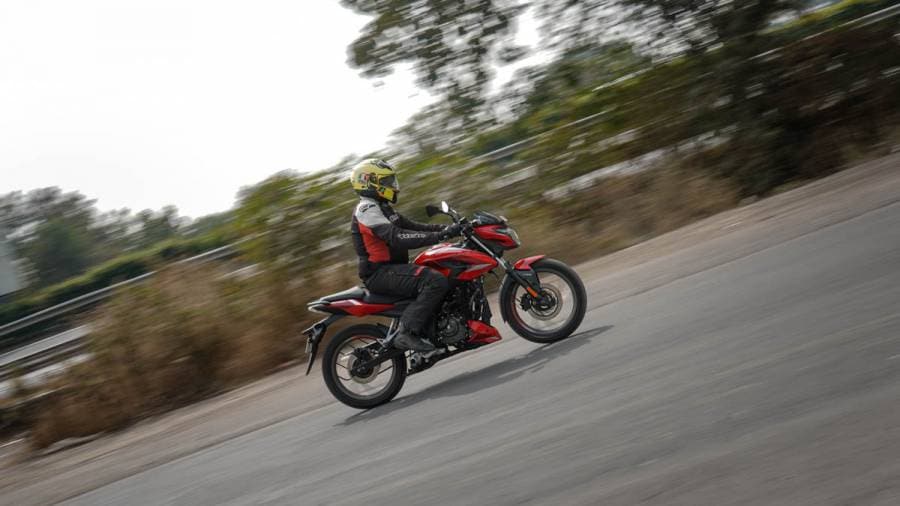
The speedo indicates 100kmph at around 7,500rpm, and the P150 will touch a top speed of about 115-120kmph depending on the weight you're hauling about. Redlining this bike really feels fun, and the bike feels totally up for it. And you get the positive feeling about it all not just because of the way the engine manages to pull it off, or due to the nice thrummy exhaust note, but also because the bike shows off some impressive road manners too.
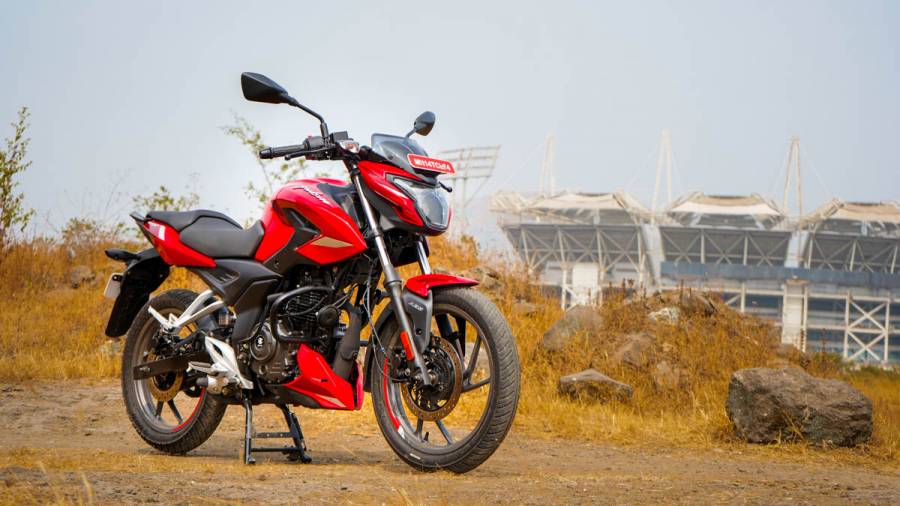
This has to be the most comfortable Pulsar that I've ridden to date, the way the suspension is setup including the riding position, even the seat is well padded and it all comes together very nicely with this bike.

Like the engine, the P150's chassis too has been derived from the older Pulsar N160, and is constructed from light composite materials. This, along with the new light-weight alloy wheels mean that the dual disc P150 weigh in at 141kg (kerb) while the single disc variant weighs a kg lighter. This is a massive 10kg off the older model and a good 13kg less than the Pulsar N160. The chassis lends the bike a certain amount of agility that makes it ever so easy to manage. The riding triangle on the dual disc P150 feels a tad sportier in comparison to the single disc variant on account of the split handlebars. But still, this bike is able to change direction very easily at all capable speeds, and it doesn't get flustered in the bends too.
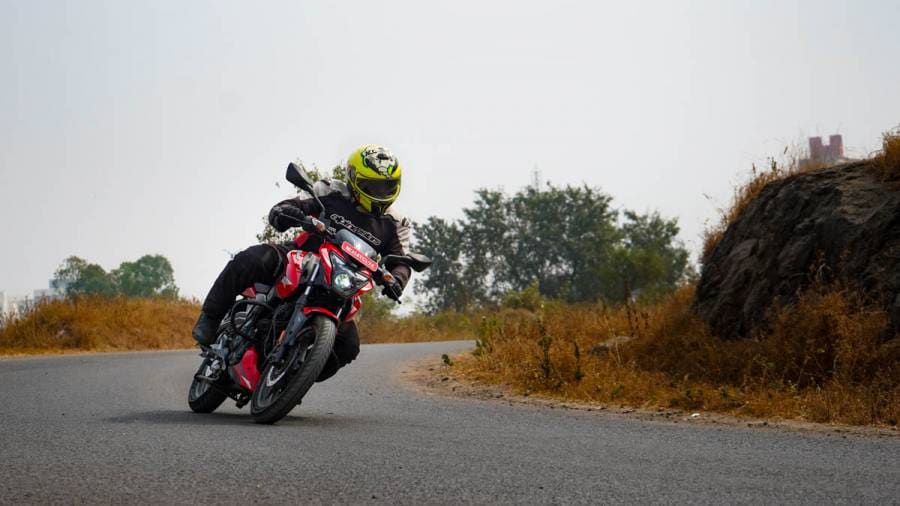
It's so easy to drop a shoulder and tuck into a corner on this bike that you'll pretty much have a new definition of commuter motorcycle imprinted in your personal dictionary thanks to the marketing of this bike. You'll be able to avoid almost all bumps and undulations on the road with this the P150's manoeuvrability and efficient brakes, and even if you encounter a couple of unavoidable undulations, the P150s suspension and seating will come to your rescue. The only thing you'll have to be weary of is the bike scraping speedbreakers once you have a pillion aboard. So as far as ride and handling goes, the P150 definitely has a lot of positives going for it. As far as fuel efficiency goes, Bajaj are claiming that the single disc variant will return 49kmpl in the real world conditions, with the dual disc model a couple of kmpl less, but that's something we'll have to test out when we spend some more quality time with the bike.

So to sum things up, the Pulsar P150 might be positioned as the most commuter-friendly 150cc Pulsar currently out here in our market, but in truth it does offer much more than that. It still has that element of sportiness that I'm sure Pulsar fanboys will appreciate.The single disc variant Pulsar P150 costs Rs 1.17lakh (ex-showroom), while the dual disc model will set you back by Rs 1.20 lakh. The older model will still be on sale for some time and gradually phased out with this P150. And what a mighty fine replacement it is.
